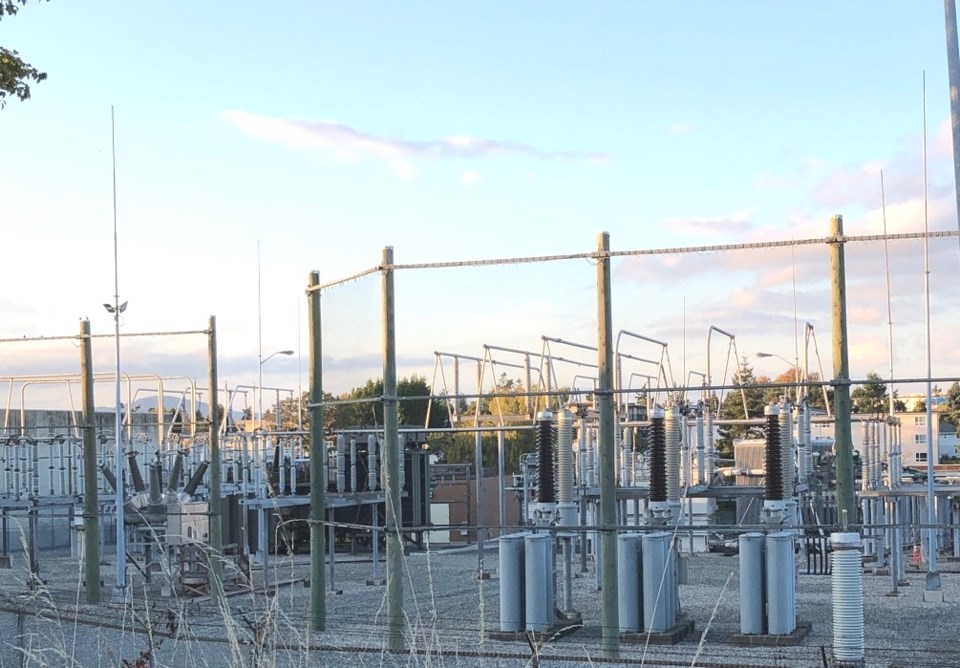To electrify B.C.’s transportation industry, which makes up a third of the province’s greenhouse gas emissions, the province will need to generate up to 60 per cent more electricity, according to a report released Wednesday by the University of Victoria.
The report, by UVic researchers with the Pacific Institute for Climate Solutions, makes a case for using renewable energy sources such as solar, geothermal and wind power to save on costs to meet the demand of shifting to all zero-emission vehicles in the next three decades.
The report said electrifying vehicles would drop greenhouse emissions for the combined electricity and transportation sectors by 38 per cent between 2015 and 2055, as long as 93 per cent of electricity continues to come from renewable sources.
The province will need to increase its electrical production capacity from a 2015 baseline of 15.6 gigawatts to 23 GW to meet forecast economic and population growth, the reports said.
Once the researchers factored in all-electric road transportation, they found up to 60 per cent additional energy will be needed.
This would more than double B.C.’s electricity generation capacity to 37 GW.
While researchers found B.C.’s energy production would need a 60-per-cent boost, the average unit cost of electricity would increase only nine per cent due to low-cost renewable energy options, and only five per cent if at least half of drivers charged their vehicles at off-peak times.
“These results demonstrate that electrification of the transport system can be carried out at low additional cost to the electricity system,” the report states.
The researchers ran scenarios to show the costs of not electrifying the transportation industry and then compared those models with two electrification scenarios, one using 93-per-cent renewable energy and the other without that constraint.
The report also takes into account B.C.’s plan to electrify all vehicles in 2030, and assumes all new vehicles will be electric in 2040.
The models also looked at how much it costs to build a wind turbine, solar panels and geothermal energy.
Co-author Curran Crawford, a member of the PICS Transportation Futures for B.C. project and a professor with UVic’s Institute for Integrated Energy Systems, said low-carbon generation options such as wind and solar power would keep a lid on energy prices.
“Our modelling shows that electrification of transport systems, and a significant reduction in greenhouse gas emissions, can be achieved at relatively low additional cost to the electricity system,” he said.
Under B.C.’s current Clean Energy Act, at least 93 per cent of grid electricity must come from renewable resources such as hydropower, wind or solar.
“B.C.’s planned Site C project will provide 1.1 GW, but it just scratches the surface of potential increased power and energy needs, as this research shows. Solar photovoltaic and wind power look very promising for B.C. due to their falling costs.”
The report will be published in the November issue of Applied Energy.
B.C.’s new greenhouse gas emission target calls for a 40-per-cent reduction by 2030 over 2007 levels, a decrease of 24 million tonnes of carbon dioxide equivalents.



